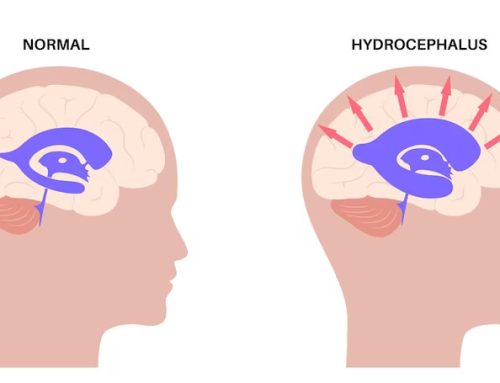A slipped disc is a term that refers to a spinal intervertebral disc that has lost its usual form and/or consistency. When the disc’s soft inner material (nucleus pulposus) bulges or seeps through its external fibrous covering, the disc’s form is altered (annulus fibrosus). Numerous medical words, including herniated, ruptured, torn, bulged, and projecting disc, are interchangeable with slipping disc.
Your intervertebral discs act as shock absorbers for your spine and aid in the even distribution of loads. The entire motion segment may be impacted when a disc slips, including surrounding vertebrae, connective tissue, blood vessels, and nerves. The lower back is the most prevalent location for slipped discs, followed by the neck.
Symptoms of Slipped Disc
A slipped disc can occur in any spine area, from the neck to the lower back. The lower back is a common location for slipping discs. The spinal column is a complex web of neurons and blood vessels. A herniated disc can put additional strain on the nerves and muscles surrounding it.
Among the symptoms of a slipping disc are the following:
- Pain that radiates into your arms or legs.
- Pain that becomes worse after standing or sitting.
- Frequent Pain and numbness on one side of the body.
- Pain that becomes worse after walking short distances
- Unexplained muscle weakness.
- Sensations of tingling, aching, or burning in the afflicted area.
- Ache that feels more severe at night or during certain moves.
Different People suffer from different types of Pain. If your pain causes numbness or tingling that makes it hard for you to control your muscles, You must go and visit Neuro & Spine Specialist and let him/her know about the same.
How does a slipped disc occur?
A slipped disc happens when the disc’s outer ring becomes weak or torn, allowing the inner portion of the disc to fall out of its groove. This is something that can happen as you become older. Certain movements can also cause slipped discs. When twisting or rotating to raise an object, a disc may come loose and fall out of place. Attempting to lift a really large, heavy object can put a tremendous deal of strain on the lower back, leading to a slipped disc. If you work in a physically demanding job that needs a lot of lifting, you may be at greater risk for slipped discs than the average person.
Due to the excess weight placed on their discs, overweight individuals are at a greater risk of developing a slipped disc. Weak muscles and a sedentary lifestyle may also influence the development of a slipped disc. You are more likely to suffer from a slipped disc as you grow older. This is because as you get older, your discs begin to lose part of their protective water content. As a result, they have a greater tendency to slip out of place. Men are more likely than women to be affected by this condition.
How is Slipped Disc Diagnosed?
Your doctor will first do a physical examination of you. They will be on the lookout for the source of your discomfort and discomfort. This will include testing your nerve function and muscular strength and determining whether or not you experience discomfort when moving or touching the affected area. Your doctor will also inquire about your medical history and your current symptoms. They will be interested in when you first notice symptoms and what activities are causing your Pain to become more severe.
Imaging tests like X-Rays, CT scans, MRI scans, and discograms can assist your doctor in visualizing the bones and muscles of your spine and identifying any injured regions. By combining all the inputs from different tests, Your doctor can examine the root cause of pain, weakness, or discomfort.
Treatment of Slipped Disc
Conservative to surgical treatment options are available for a slipping disc. Treatment is often determined by the severity of your suffering and the extent to which the disc has moved out of place.
Medications
If your pain is mild to severe, your doctor may offer an OTC pain reliever such as acetaminophen (Tylenol, others), ibuprofen (Advil, Motrin IB, others), or naproxen sodium (Aleve).If oral drugs do not alleviate your pain, your doctor may consider a corticosteroid injection into the area surrounding the spinal nerves. Spinal imaging can aid with needle guidance. If you have muscle spasms, you might be advised muscle relaxers, but their common side effects are Sedation and dizziness.
Therapy
Your doctor might advise physical therapy to help with your Pain. Physical therapists can teach positions and exercises that will help you manage the discomfort associated with a herniated disc.
Surgery
Only a small percentage of persons with herniated discs require surgery. Surgery may be recommended if non-surgical therapy has failed to alleviate your symptoms after six weeks, particularly if you continue to experience uncontrolled Pain, numbness, and even difficulty standing or walking. Most of the time, surgeons can remove the part of the disc sticking out. Rarely the whole disc has to be taken out. Some people may need to fuse their vertebrae with a bone graft.






Leave A Comment